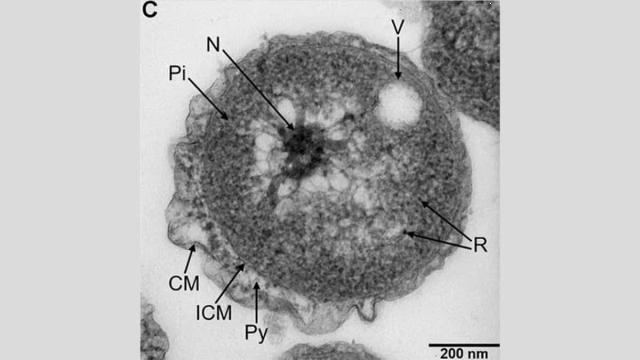Poriferisphaera hetertotrophicis
Researchers in China have identified a unique and mysterious new species of marine bacteria called Poriferisphaera hetertotrophicis, found in sediment samples from the deep ocean floor. The bacteria belong to the Planctomycetes phylum. This finding advances our understanding of deep-sea microbiology and chemical processes.
Why is this discovery significant?
The discovery of this new species of marine bacteria is significant because it advances our understanding of deep-sea conditions and microbiology. It fills a knowledge gap regarding Planctomycetes bacteria in deep-sea environments and provides insights into nitrogen metabolism and bacterial interactions.
How was Poriferisphaera hetertotrophicis cultured in the lab?
The bacteria were cultured in a lab using sediment from a cold seep on the ocean floor, simulating deep-sea conditions. Unique characteristics observed during cultivation included a novel budding mechanism not seen in other Planctomycetes strains and faster growth compared to other cultured bacteria.
What role does Poriferisphaera hetertotrophicis play in the nitrogen cycle?
The new species of bacteria interacts with nitrogen in a unique way and releases a bacteriophage (bacteria-hugging virus) in the presence of nitrogen. This bacteriophage, called phage-ZRK32, is chronic and lives within its host without killing it. Both the bacteria and phage are important to the nitrogen cycle, and further research may explore their interactions with other strains of Planctomycetes and their impact on the ocean environment.
What can future research on Poriferisphaera hetertotrophicis and phage-ZRK32 explore?
Future research can investigate how phage-ZRK32 interacts with other strains of Planctomycetes and its effects on the ocean environment. Additionally, further studies may delve into the specific mechanisms of nitrogen processing and metabolism exhibited by Poriferisphaera hetertotrophicis, providing insights into its role in the ecosystem.
Month: Current Affairs - September, 2023
Category: Science & Technology Current Affairs


